Enrico Fermi, celebrated as the “Father of the Atomic Age,” was among the last generation of physicists equally at home in theory and experiment. In 1933, for example, he introduced a groundbreaking theory of beta decay that transformed our understanding of energy conservation. Less than a decade later, Fermi led the team that achieved the world’s first self-sustaining nuclear chain reaction in 1942. His rare combination of theoretical insight and hands-on skill prompted colleagues to dub him “the last man who knew everything.”
Fermi’s career illustrates how powerful - and unique - it can be to move seamlessly from abstract ideas to concrete action. Many researchers devise innovative approaches to how children learn, yet would struggle to guide a rowdy class of sixth-graders through a lesson plan. Bridging that divide - translating theory into real-world practice - is precisely what the Los Angeles Institute for Restorative Practices (LAIRP) does best. It is the niche that is transforming restorative practices across the country.
At LAIRP, we integrate neurobiology, cognitive and behavioral psychology, and restorative practices into cohesive, usable strategies. Neurobiology explains what’s happening in the brain during stressful or conflict-laden moments. Cognitive and behavioral psychology help us interpret the thoughts, feelings, and motives that drive behavior. Restorative practices then offer concrete tools to resolve conflict, restore harmony, and strengthen relationships. Our goal is always to make theory not just understandable, but immediately applicable.

No arena better exemplifies this integration than school discipline. As Dr. Dan Siegel, author of The Whole-Brain Child, reminds us, “Too often we forget that discipline really means to teach, not to punish. A disciple is a student, not a recipient of consequences.” In other words, we work with complex human beings and must be guided by empathy, not force. The solution is school disciplines lies in understanding the heart and the mind.
Educators must embody that same synthesis of knowledge and practicality: they need to know how to defuse conflicts, while also recognizing what’s unfolding inside a student’s brain when tensions rise. LAIRP helps close that gap by transforming cutting-edge theory into straightforward, proven solutions that benefit schools and organizations every day.
Thanks for reading!

References
Schwartz, D. N. (2017). The last man who knew everything: The life and times of Enrico Fermi, father of the nuclear age. Basic Books.
Siegel, D. J., & Bryson, T. P. (2011). The whole-brain child: 12 revolutionary strategies to nurture your child’s developing mind. Delacorte Press.
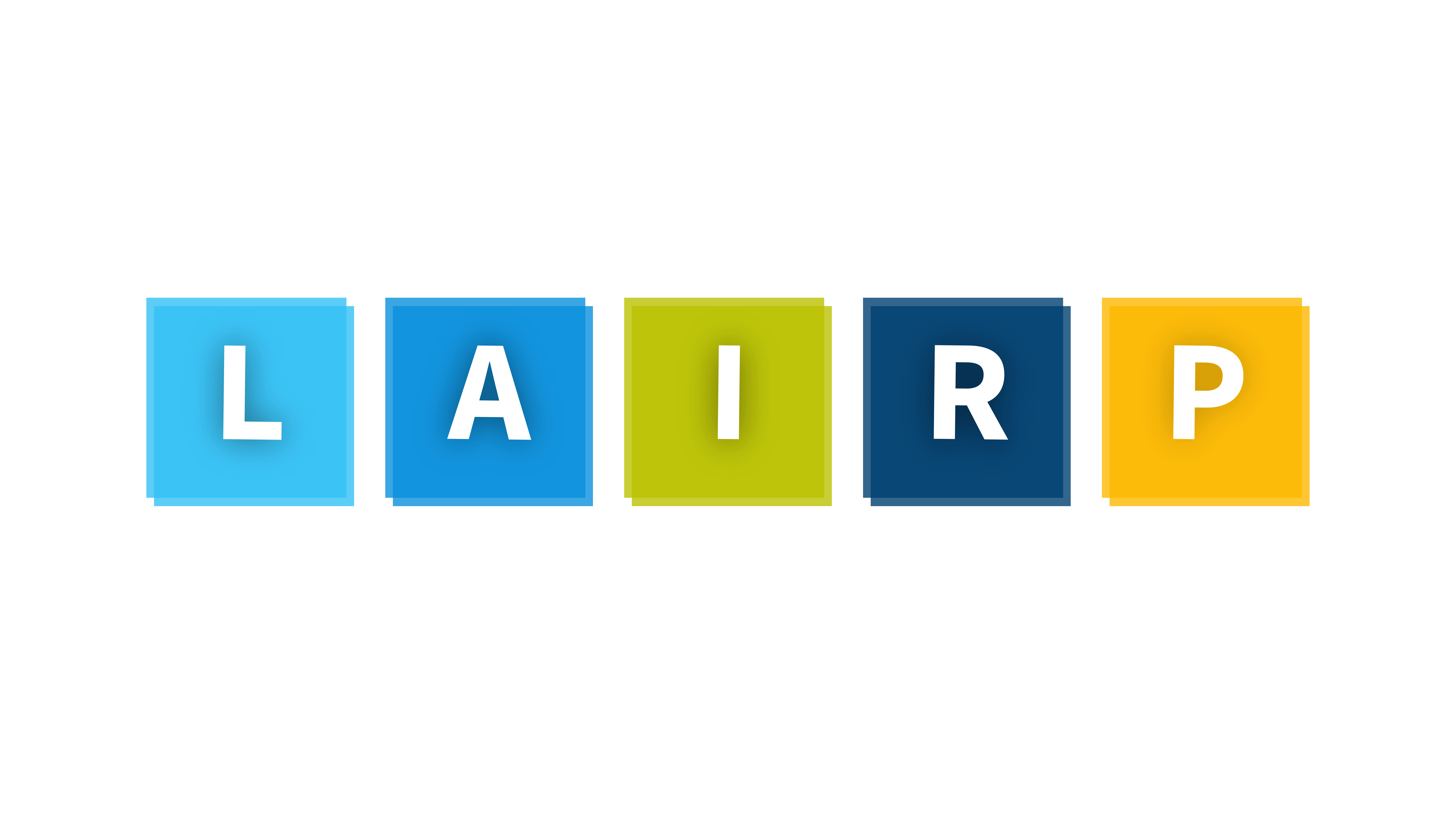
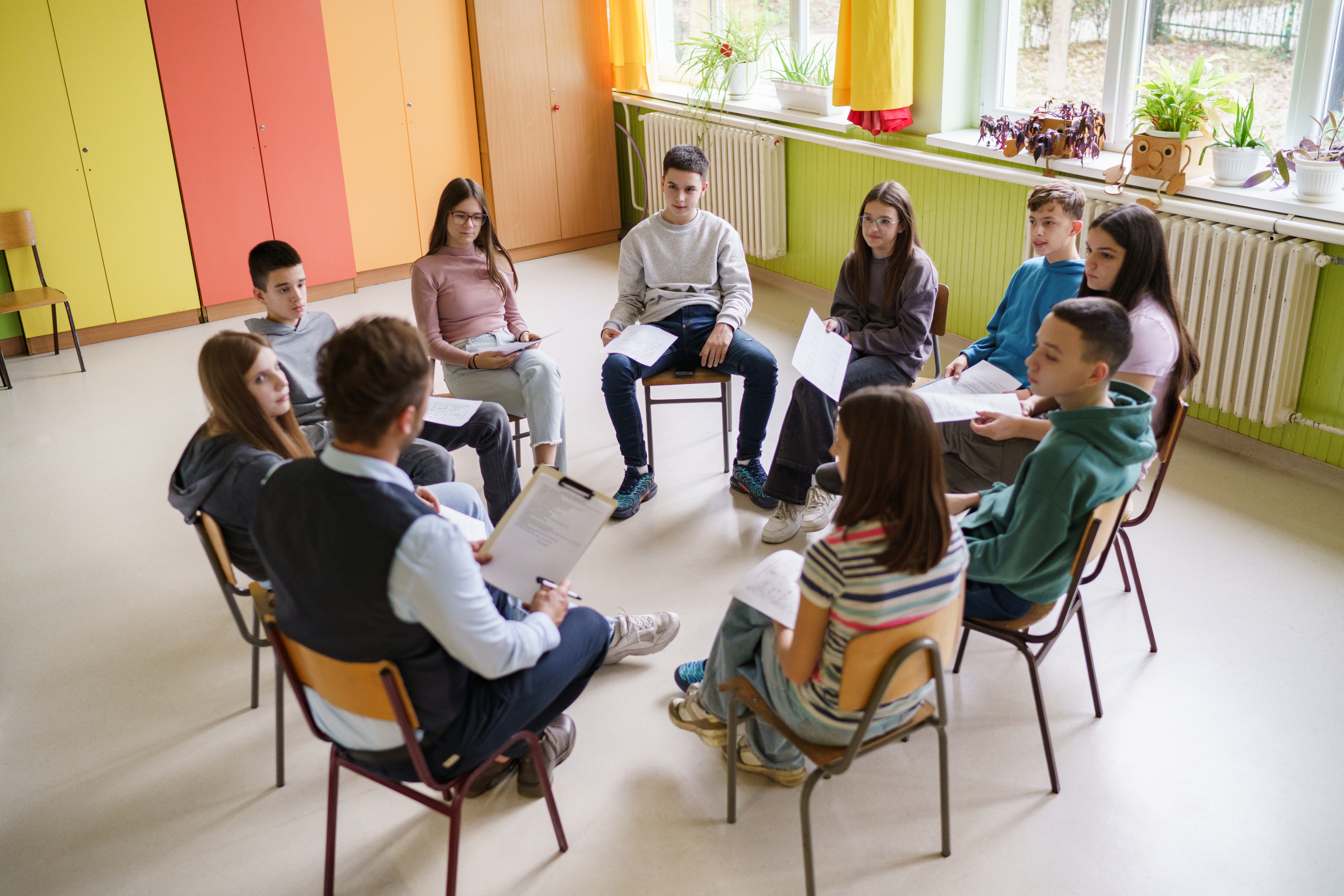

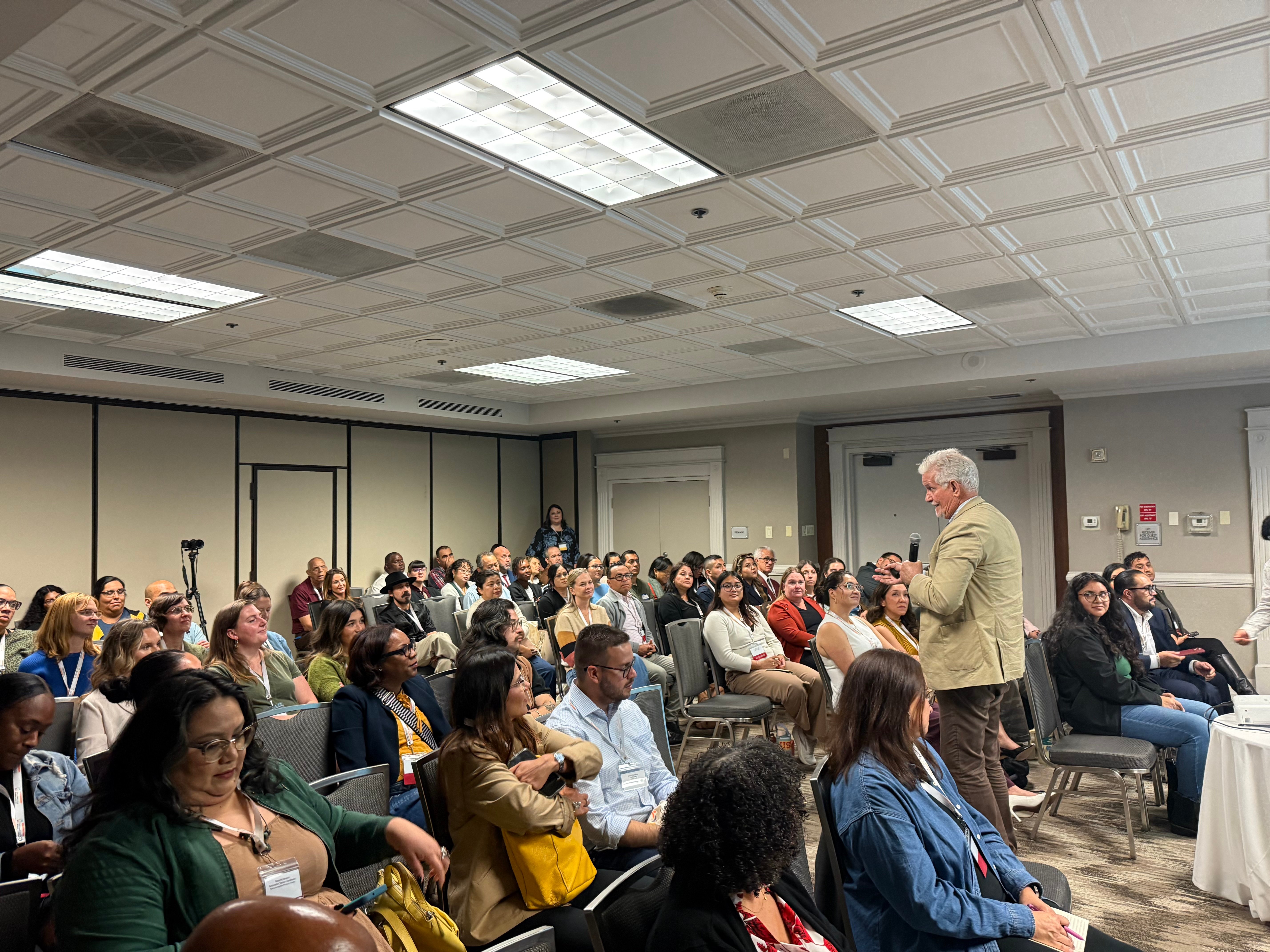
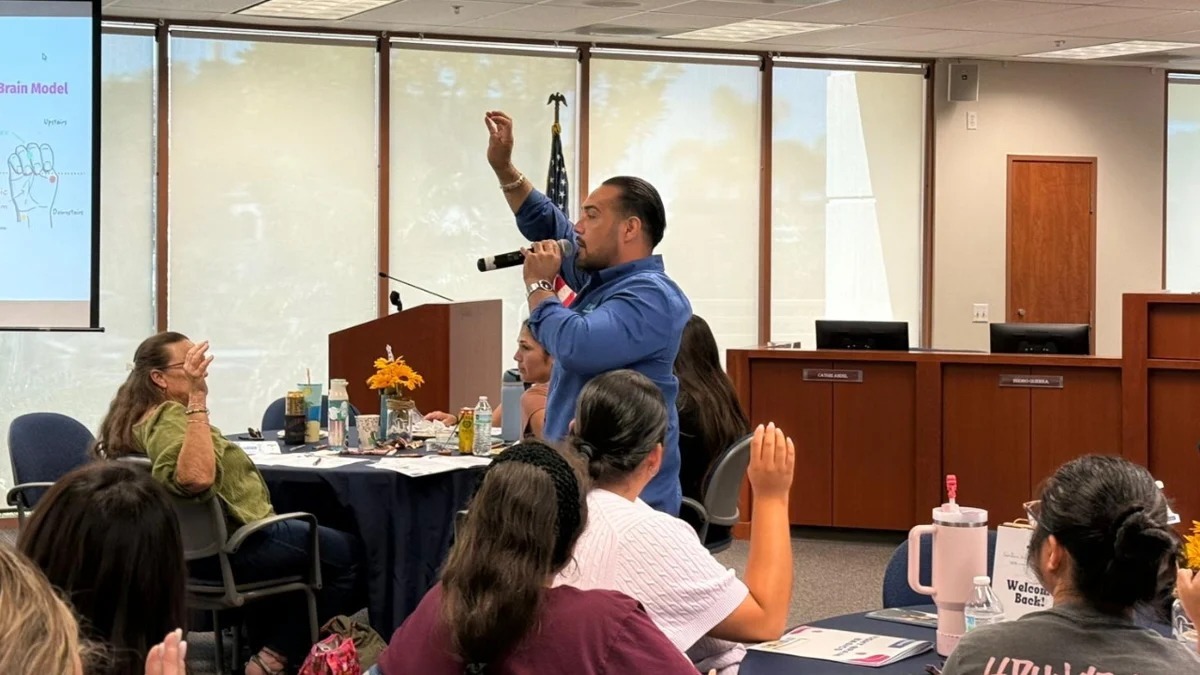
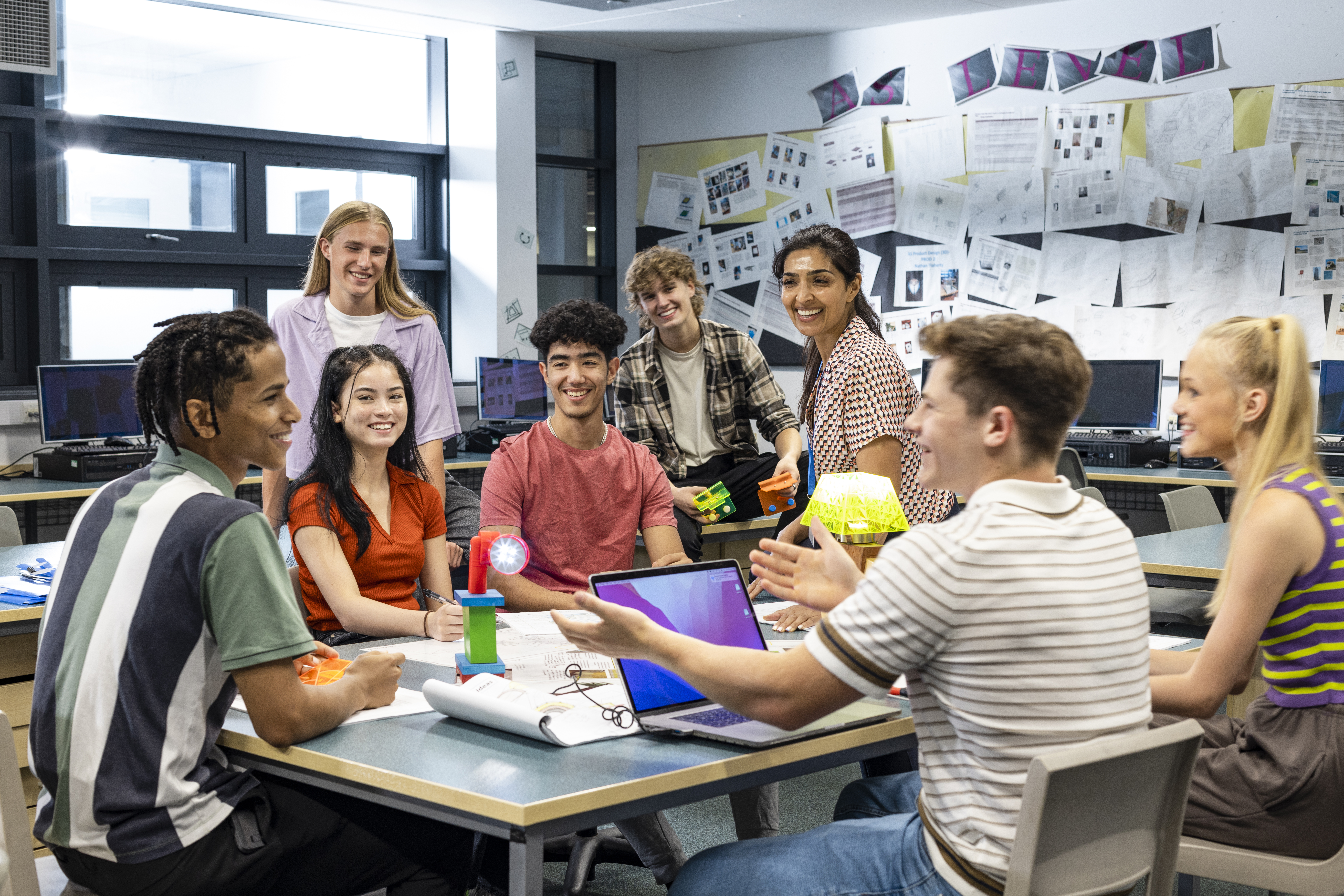


POST COMMENTS